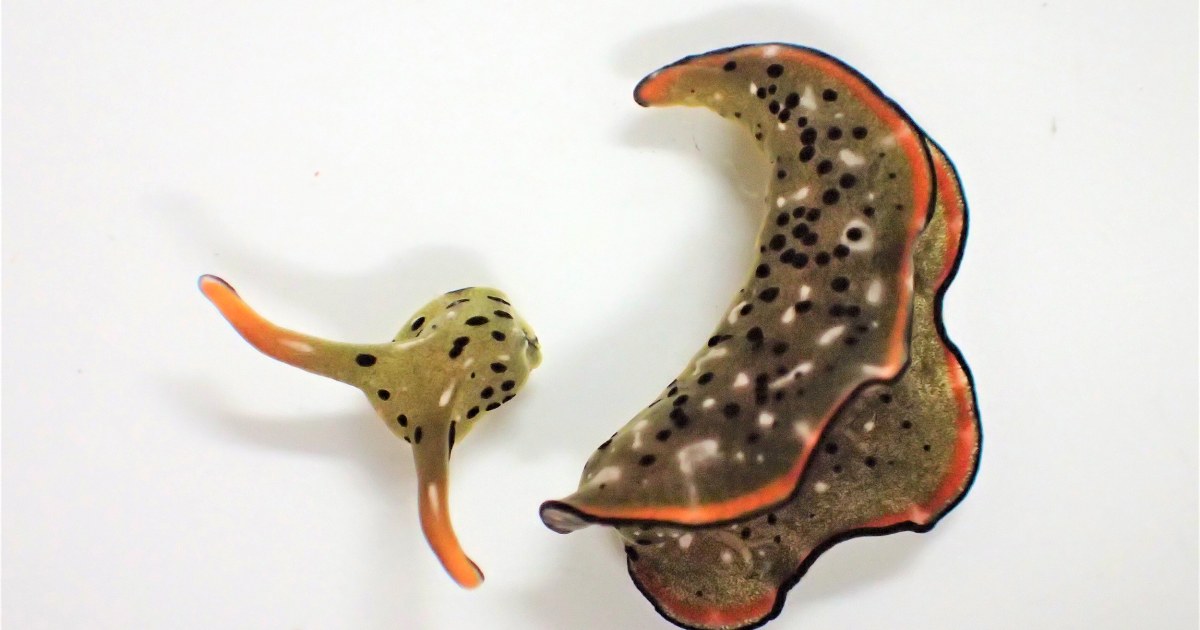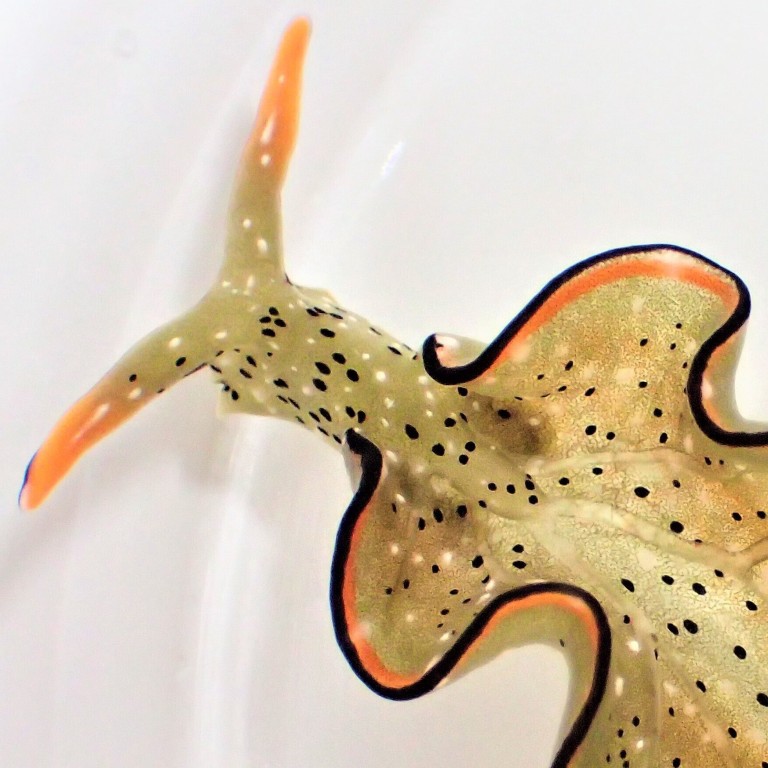Feature:
These Sea Slugs Can Lose Their Heads Then Grow New Bodies
"Sea stars can grow new arms. Crayfish can grow new claws. There are interesting creatures that can grow back body parts if accidents happen.
That's child's play after what researchers saw a sacoglossan sea slug do. The slimy mollusk managed to lose its head & then began crawling around. Eventually, it grew an entirely new body.
'We were surprised to see the head moving just after autotomy,' said Sayaka Mitoh of Nara Women's University in Japan. 'We thought that it would die soon without a heart & other important organs, but we were surprised again to find that it regenerated the whole body.'
Mitoh, a PHD candidate, raises sea slugs from eggs to adults in order to study their life cycle. One day she happened to see a slug head moving around without its body.
Although it was detached from the body & heart, the head moved on its own around the bottom of the tank. Within a few days, the slug began to regrow its body. The regeneration was complete after about 3 weeks.
Mitoh & her colleagues reported the discovery in the journal Current Biology.
After the initial discovery, the researchers observed what they called 'extreme autotomy' (self-amputation) & whole-body regeneration in 2 species of sapoglossan sea slugs.
They found that for younger slugs, the detached heads began eating algae within hours. The wound typically closed at the back of the head within days. They started regrowing a heart within a week & the regeneration of the entire body was finished after around 3 weeks...
Young or old, the headless bodies never generated a new head. But they did move around & respond to being touched for several days & sometimes months after losing their heads, the researchers said.

Understanding Why & How
The researchers aren't sure why the sea slugs shed their heads or how they're able to grow new bodies.
They may have parasites that can hurt reproduction so they are removing their heads in order to also remove the parasites. But the researchers aren't sure what prompts them to know when to cast off the body when they do it.
And there's the question of how.
Mitoh says they believe there must be cells located in the neck that are similar to stem cells. These are able to regenerate a new body.
How the heads can survive without a heart & other vital organs is another puzzler. The researchers say these sea slugs fuel their bodies by photosynthesis. They rely on chloroplasts from algae in their own bodies when other food isn't available, a process known as kleptoplasty.
They think this might help them survive long enough after autotomy to regenerate a body.
'As the shed body is often active for months, we may be able to study the mechanism & functions of kleptoplasty using living organs, tissues, or even cells,' Mitoh said. 'Such studies are almost completely lacking, as most studies on kleptoplasty in sacoglossans are done either at the genetic or individual levels.'"
Mary Jo DiLonardo
March 9/2021
Treehugger.com
Cute Critter Pics:
Weekly Chuckle:







No comments:
Post a Comment